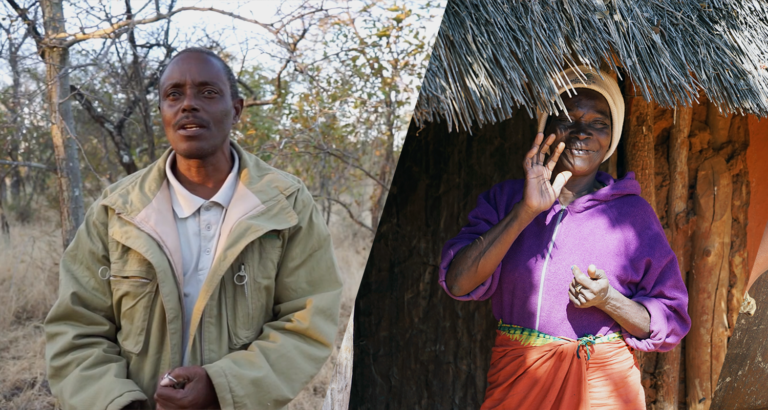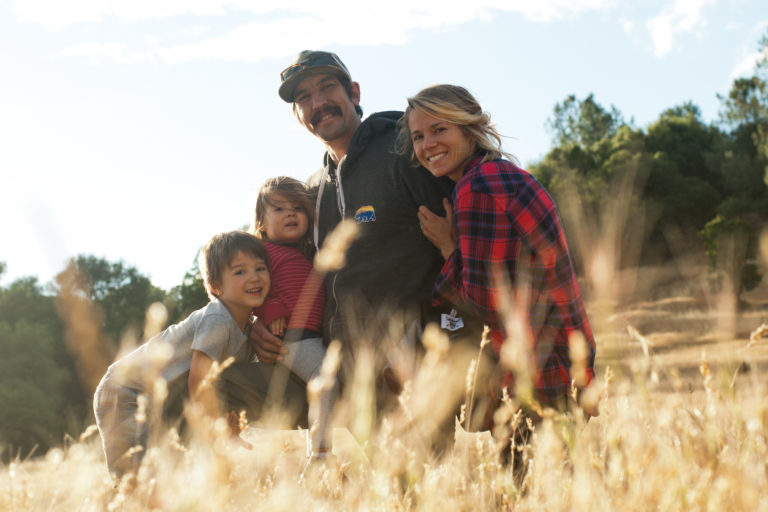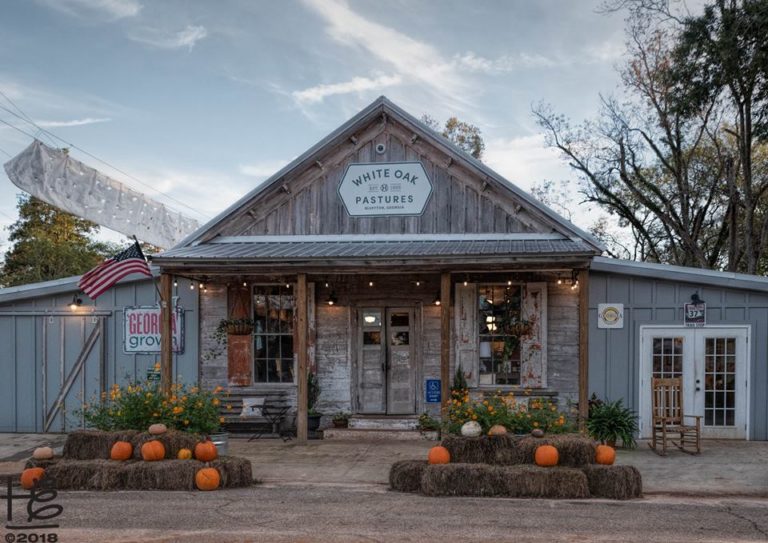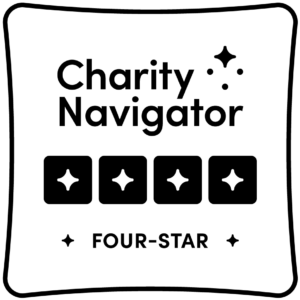By Savory Kenya Hub Leader, Lippa Wood
Attendance: 240 participants
Overview: Managing the wildlife/livestock interface requires a balance between active conservation of the ecosystem, in partnership with building and sustaining appropriate enterprises for the resident communities, in particular through livestock enterprises and tourism.
Background: The Grazing for Change conference was designed to create a platform that brought together a wide range of stakeholders working at the wildlife/livestock interface, to discuss the opportunities and challenges facing this evolving sector, and explore the incentives driving the preservation of the rangelands, and concurrently launching the Mara Training Centre, a member of the Global Savory network.
The Mara Training Centre is committed to sustainable rangeland management that allows space and resources for all people, cattle, and wildlife. To achieve this it seeks a balance between providing education on conservation of the ecosystem and appropriate enterprise for the resident communities. The Mara Training Centre, part of the Global Savory Hub network was constructed in 2016 in order to contribute towards and address some of the training needs of the ecosystem.
These needs include integrated technical, management and policy education under the themes of land, people and enterprise. This meeting will explore the underlying needs for regenerative grazing, enhancing livelihoods of pastoralists through improved livestock husbandry and marketing, scaling up of improved livestock production enterprises, as well as improving grazing for and management of the wildlife resource across the region.
Brian Perry opened the meeting with an overview of the meeting objectives and programme – an opportunity to address a wide range of educational and development challenges. Lippa Wood welcomed all on behalf of the Mara Training Centre, and thanked the various sponsors and supporting organisations. These included: the African Enterprise Challenge Fund, the Mau Mara Serengeti Sustainable Water initiative (MaMaSe), the Savory Institute, the National Museums of Kenya and to all of the individuals who helped to make the event possible. Lippa said that the event provided a bridge to network with organisations Kenya-wide, the chance to bring stakeholders together, like-minded organisations and individuals with similar challenges and opportunities, to encourage dialogue and build capacity on how resources and rangelands are managed for future generations.
Dickson Kaelo set the scene, with a talk on the wildlife/livestock interface in Kenya’s conservancies. He emphasised that the most important resource to all being the pastures, and the challenge is for wildlife and livestock to work together, rather than compete and deplete the land. He implored the conservation movement to keep up the momentum.
Robin Reid continued to set the scene with an insightful global overview of the threats to the world’s grasslands and the steps that need to be taken to keep the large landscapes open for wildlife and people. She emphasised the urgency in conserving/protecting large landscapes through strong leadership, as development continues at an astounding pace. Robin emphasised the need to monitor and evaluate on the ground and to then learn and adapt.
After these presentations there was a question and answer session where it was highlighted that a lack of education for pastoralists can lead to insecurity and loss of investment and private funding.
Brian Perry then facilitated the first of the panel sessions, on the subject of creating win-win scenarios for enterprise, and looking at integrated wildlife-livestock enterprise opportunities.

Peter Lalampaa spoke about his experiences on working on the Grevy Zebra Trust and the important role wildlife have in communities, Tarquin Wood spoke of the income generated through business and market linkages for the pastoralist communities, and Giles Prettejohn spoke about the commercial beef industry and the importance of this in the region. Judy Kepher Gona spoke about the sustainability of tourism, and made it clear that the perception of wildlife safaris must include the community and livestock element, and that tourism must change its narrative on livestock and create experiences around it. Judy said we need to sustain innovation to secure our wildlife and conservation assets.
Following an interactive discussion with audience participation, Brian Perry introduced Allan Savory, who gave an inspiring talk on the land and livestock enigma. He said most of the challenges faced with regard to desertification and climate change were symptoms of man-made problems and that the poor management of livestock has contributed to the major concerns faced in these grassland landscapes today. Allan talked about his experiences of using livestock as a tool to heal the land and regenerate grasslands through Holistic Management.

Following a delicious lunch provided by Rusty Nail and Mara Beef, Paula Kahumbu opened the afternoon session with a passionate assessment of the wildlife heritage and sustainability challenge. Paula described her innovative approach to wildlife conservation through the media, and her programme NTV Wild, which reaches over 5 million viewers, several of whom are disconnected from the realities of wildlife and the importance it plays in the country. Paula touched on her experiences working with the first lady, Margaret Kenyatta on the protection of Kenya’s elephants, and she also referred to her challenges of the new SGR railway. Paula emphasised the importance of a Kenyan-led conservation movement.
Next was the second Panel Discussion led by Brian Perry, entitled “putting ideals and concepts into practice”, in which he quizzed the panel on the realities of making community-based conservation work in practice, exploring the different regional contexts (the Northern Rangelands Trust, the Mara conservancies and the southern rangelands).
When queried on the reliance on donor funding, Ian Craig emphasised that in NRT the current priority was given to peace keeping before enterprise development, and cited the impressive results obtained over the last few years. Daniel Sopia related how the umbrella organisation MMWCA had played a significant role in identifying the priorities in the Mara region, and how greater partnerships between the different conservancies and their communities could be achieved. Shamini Jayanathan talked about the importance of legislation and its successes in the field of poaching convictions, but drew attention to the difficulties regarding the legal recognition of conservancies. John Ole Kamanga reflected on his experiences with SORALO and how livestock management and the importance of pastoralist communities in becoming more commercial for sustainable conservation is essential for his area where there is a lack of tourism.
Following on from a tea break, Brian Perry facilitated the third of the panel discussions on “The continuing need for research”, where he investigated the research needs and researchable issues.

This raised a variety of unanswered issues ranging from the technical to the socioeconomic. Jimmy Smith emphasised the importance of a focus on people, and the diverse ways in which livestock and wildlife can contribute to their livelihood and to the national economy. Dino Martins emphasised the importance of a better understanding of pasture composition, lamented the tragic loss of many grass species indigenous to Kenya. Piers Simpkin described the collaborative support to livestock systems by the Food and Agriculture Organisation (FAO) of the UN, and Claire Bedelian emphasised the need for a better understanding of the returns to communities at different stages of the market value chains for livestock commodities in the southern rangelands. A participant queried whether researchers adequately reported back their findings and recommendation to the communities they had been working with. A most impressive example of such feedback was provided by the SORALO programme, in which regular feedback workshops were established with communities.
The final session of the afternoon was a review of the training and capacity development opportunities presented by the Mara Training Centre. Tre Cates highlighted the excellent training and capacity development opportunities offered by the network of Savory Hubs, of which the Mara Training Centre is the first in East Africa. Oscar Koech from the University of Nairobi, who with his team won the tender for the development of the livestock training component of the Mara Training Centre syllabus, presented on the impact on communities through different types of training. Oscar highlighted the importance of educating the pastoralists to become more commercial to incentivise wildlife and livestock integrated systems, which will make the model more sustainable.

Brian Perry summarised the event with the following points:
• The meeting had been extremely well attended, and with a wide diversity of representation from different parts of Kenya, different conservancies, different institutions and different enterprises, virtually all of which had made active contributions during the day.
• Many of the successes at the livestock/wildlife interface have been centred on particular disciplinary, business or species strengths. These have provided impressive scenarios on which to build. However the meeting was in agreement that it is the “people” component, in particular relating to the different communities engaged with conservancies in the country, which will be central to the successful further development of the livestock/wildlife interface. This calls for transformative social intervention.
• Many of the success stories have been centred on “champions”, individuals who are visionary, driven and articulate. We would benefit from more champions, but more importantly, all champions need much more in the way of political, institutional and financial support to ensure these visions are achieved.
• Collaboration, communication and greater engagement is essential. Collaboration is not for the feint-hearted, Robin Reid said some time ago. Now more than ever there is a need for better and more structured communication on many fronts; between the different conservancies; between the livestock enterprises and the wildlife enterprises.
• The tourism message must change from wildlife in isolation in dream world environments, to livestock, wildlife and communities together in a thriving environment.
• Conservancies are a currently fashionable model, operating in different ways in Kenya’s differing pastoral environments, and many of them very successful for the different stakeholders involved. These will continue to evolve as greater understanding of their dynamics and sustainability is assembled.
• The area of payment for environmental services deserves continued exploration as to how it may contribute to the development of enterprises which promote sustainability in valued ecosystems.
Lippa and Tarquin Wood summarized how the event had covered the major objectives of the Mara Training Centre. These included raising awareness and exploring the training needs of the ecosystem, including improved biodiversity and protecting wildlife habitats, engaging with communities on appropriate enterprise and maintaining heritage and improving livelihoods of the resident communities. The event provided a platform to address issues on the wildlife livestock interface and they mentioned how they had learnt a lot from the inspiring speakers and discussions. They look forward to the Mara Training Centre working with many of the great minds that were there to fulfill some of the training/education needs of the ecosystem.
An in depth report with a narrative covering all Presentations and Panel Discussions will be available on the Mara Training Centre website, as well and links to the video recordings of all sessions.
Press:
https://www.youtube.com/watch?v=yNtFijPXKyo&feature=youtu.be
http://watsupafrica.com/news/grazing-for-change-kenya/
https://www.youtube.com/watch?v=yNtFijPXKyo
https://www.newsghana.com.gh/ wildlife-experts-root-for- expansion-of-kenya- conservancies/
https://m.asianbreakingnews. net/2017/02/wildlife-experts- root-for-expansion-of-kenya- conservancies/
http://www.nampa.org/index.php?model=categories&function=display&id=16385759
#Grazing4ChangeKe




